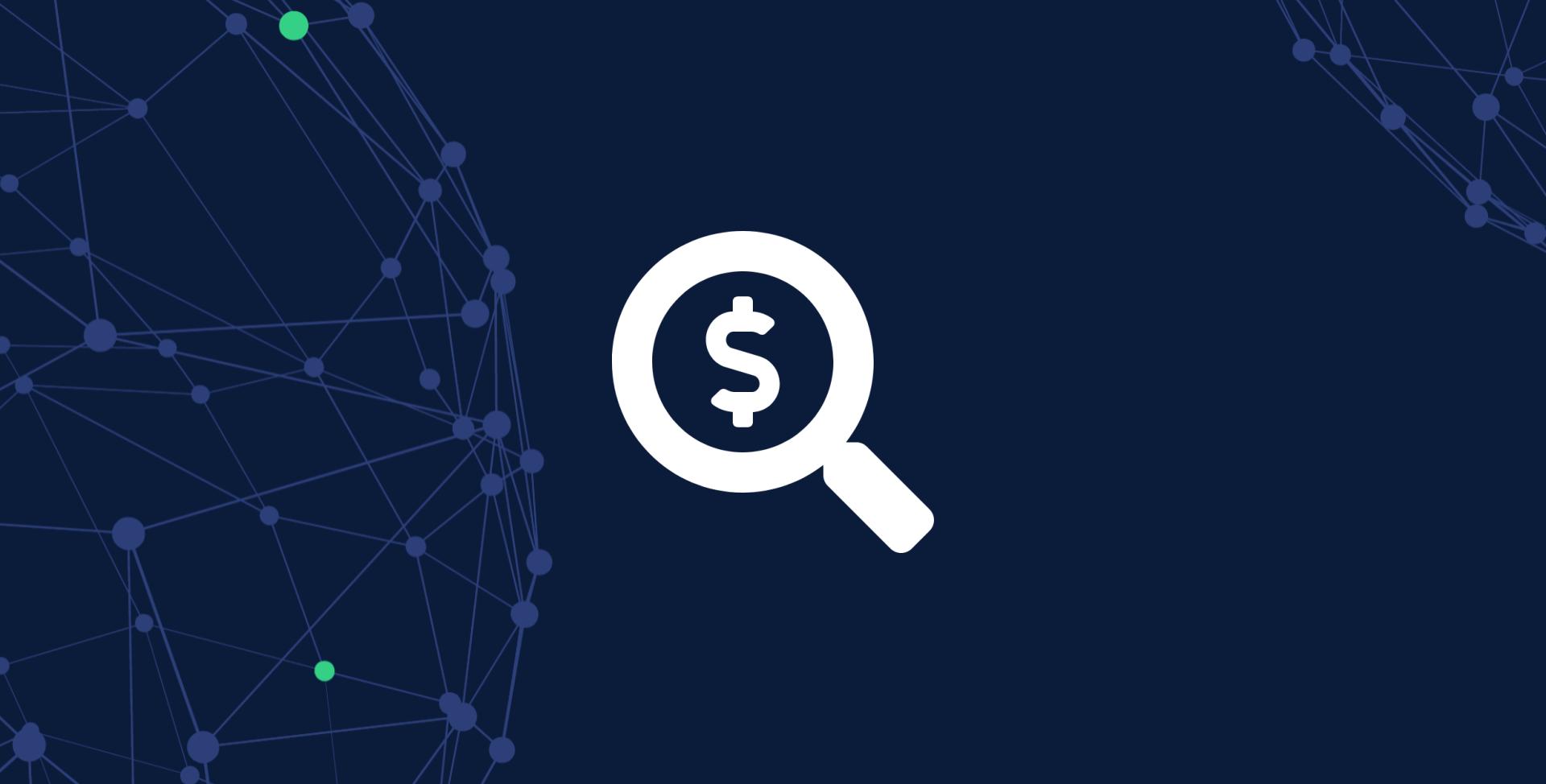Website downtime causes: 10 causes and resolution strategies
A successful website is more than fast. It must be consistently available.
For e-commerce, SaaS, and customer service platforms, downtime means lost revenue, lost trust, and lost users.
This guide breaks down what downtime is, why it matters, its most common causes, and how to minimize its impact.
What is website downtime?
Website downtime refers to the time when your website is unavailable to visitors. The website is either not accessible at all or unable to complete its primary task (product purchases, etc.).
Maximizing website uptime is critical to a successful business, so it is essential to minimize downtime. Planned downtime is often necessary, and you can inform customers about upcoming downtime, such as planned site maintenance.
Unplanned downtime, however, can result in disastrous effects from frustrated customers to lost revenue, sometimes a lot of lost revenue! The cost of downtime is serious; therefore, it is essential to resolve the issue and get your website back online as soon as possible.
Frequent downtime dramatically impacts the success of any business. Brands lose reputation points, businesses disappoint their customers, and the website drops in search engine rankings, resulting in dissatisfied customers and lost revenue.
To ensure a functioning and successful website will be available to your customers or site visitors, you need to understand the possible causes of IT downtime and how to fix the issues if they arise.
What is the importance of availability?
A website needs more than informative or entertaining content. It needs to be accessible! Websites that focus on eCommerce or customer service need to be available to current and potential customers 24/7.
Site visitors expect a seamless interaction with your website or could otherwise be left frustrated, unhappy, and motivated to seek out your competitor’s website.
You need to ensure that the response time to load your website's content and the overall website performance is as problem-free as possible. Load testing is an important tool to optimize user experience and limit the potential problems site visitors could encounter.
One major problem that affects all apps and websites is downtime. Although IT downtime is inevitable, there are ways to minimize the impact.
| Availability | Annual Downtime |
|---|---|
| 99.8% | 17.52 hours |
| 99.9% | 8.76 hours |
| 99.95% | 4.38 hours |
| 99.99% | 52.56 minutes |
| 99.999% | 5.25 minutes |
10 website downtime culprits that cost you revenue (and how smart teams stop them)
Your website went down at 2 AM on a Tuesday. By the time you noticed, customers were already tweeting complaints, sales had stalled, and your on-call developer was frantically trying to figure out what broke. Sound familiar?
IT downtime happens to everyone—from scrappy startups to tech giants like Meta and Amazon. The difference between companies that bounce back quickly and those that spiral into crisis mode comes down to understanding what actually breaks websites and having systems in place to prevent or fix problems fast.
Here are the ten most common culprits that bring websites down, and the proven tactics smart engineering teams use to eliminate them:
Server overload: When success becomes your enemy
Traffic spikes during sales events can paradoxically punish success. Amazon handles 8.8 million requests per minute during peak events—your infrastructure needs similar resilience planning.
The solution isn't bigger servers; it's smarter testing. Load testing reveals breaking points before Black Friday does. Monitor real-time metrics to catch overload signals early, then implement automatic scaling protocols that activate before users notice degradation.
Cheap hosting: The hidden tax on growth
Budget hosting providers save money upfront but cost exponentially more during outages. Shared hosting environments create single points of failure affecting multiple sites simultaneously.
Invest in dedicated infrastructure with SSD storage and modern server architecture. Your hosting provider should guarantee sub-200ms response times under load—not just promise "99% uptime" without defining what that actually means.
Maintenance gone wrong: Necessary evil, unnecessary damage
Even scheduled maintenance creates unexpected problems when executed poorly. Domain renewals get overlooked, maintenance windows run long, and frustrated users abandon sites showing generic error pages.
Time maintenance during your lowest-traffic periods using actual analytics data. Communicate planned downtime 48 hours in advance through email and social channels. Deploy custom maintenance pages that inform rather than frustrate—include estimated completion times and alternative contact methods.
Hardware failure: The physics problem
Physical components break. Period. The question isn't whether your hardware will fail, but whether you'll be ready when it does.
Implement predictive maintenance schedules tied to manufacturer specifications, not convenience. Deploy redundant systems with automatic failover capabilities. Hardware refresh cycles should align with technology advancement—not budget approval timelines.
Cyberattacks: Digital warfare against your revenue
DDoS attacks don't just target your site—they can crash entire hosting environments, affecting neighboring websites. Attackers exploit shared infrastructure vulnerabilities to maximize damage.
Deploy enterprise-grade firewalls with traffic filtering capabilities. Use dedicated servers to isolate your infrastructure from shared hosting vulnerabilities. Implement rate limiting that automatically throttles suspicious traffic patterns without blocking legitimate users.
Third-party plugin chaos: When convenience becomes liability
WordPress sites average 22 plugins per installation. Each represents a potential failure point that could crash your entire website—often without warning.
Source plugins exclusively from verified publishers with active support records. Test all updates in staging environments before production deployment. Minimize dependencies wherever possible; custom solutions often prove more reliable than plugin combinations.
Human error: The unavoidable variable
Developers make mistakes. Operations teams misconfigure settings. Simple errors cascade into complex failures.
Implement automated testing pipelines that catch errors before production deployment. Standardize procedures with comprehensive documentation that assumes nothing. Code review processes should be mandatory, not optional.
DNS failures: The internet's phone book goes wrong
When DNS fails, your perfectly functional website becomes unreachable. Users see error messages despite your servers running normally.
Deploy redundant DNS providers with health monitoring capabilities. Use anycast networks for global reliability. Implement automatic failover systems that redirect traffic when primary DNS providers experience issues.
Database bottlenecks: The silent performance killer
Database performance degradation often starts gradually, then cascades rapidly to bottlenecks. Query optimization problems compound under load, creating application-wide failures.
Monitor database response times continuously—aim for sub-50ms performance. Implement connection pooling strategies and query optimization protocols. Deploy database clustering with automatic failover capabilities for mission-critical applications.
Network infrastructure breakdown: The connectivity trap
ISP outages, routing failures, and bandwidth limitations create connectivity disruptions that make your website unreachable regardless of server performance.
Establish redundant internet connections through multiple ISPs. Deploy content delivery networks for geographic distribution and load balancing. Monitor network latency and packet loss continuously to identify degradation before it affects users.
The reality check: Organizations implementing comprehensive monitoring, testing, and redundancy protocols reduce unplanned outages by 89%. The investment in prevention costs significantly less than revenue lost during extended downtime.
Your move: Which of these vulnerabilities exists in your current infrastructure?
Calculate what IT downtime really costs your business
Think your last outage "wasn't that bad"? Let's do the math.
Use this calculator to understand what downtime actually costs your organization. Input your business metrics to see the real financial impact of outages, then decide whether your current prevention strategy matches the risk.
Downtime Cost Calculator
Calculate the financial impact of unplanned system downtime
How to measure unplanned downtime
You can't fix what you don't measure, and when it comes to unplanned outages, the right metrics turn chaos into actionable intelligence. Companies that track these four metrics reduce unplanned downtime by 67% within twelve months.
Mean time to detect (MTTD) exposes your awareness gap
This measures how long your systems stay broken before anyone notices, and it's often the most painful metric to confront. Every minute of undetected downtime multiplies damage as customers abandon transactions, competitors capture displaced traffic, and SLA violations accumulate while your team remains unaware.
The scariest outages aren't dramatic server explosions, they're silent failures that slowly bleed customers for hours before someone manually discovers the problem.
Organizations serious about prevention keep MTTD under five minutes through synthetic monitoring that simulates actual user journeys rather than just checking server uptime.
Mean time to resolve (MTTR) measures your recovery capability
This tracks the clock time from incident detection to full restoration, and speed here determines whether customers forgive temporary disruptions or permanently defect to competitors.
Every additional minute exponentially increases both revenue loss and customer frustration. The difference between a five-minute hiccup and a two-hour ordeal often determines long-term customer relationships. Fast resolution requires preparation and systematic response procedures, not heroic late-night debugging sessions.
Target sub-30 minute resolution for critical systems through automated rollbacks and incident runbooks that assume stressed engineers working under pressure.
Incident frequency reveals systematic problems
While isolated outages happen to everyone, recurring patterns expose deeper issues in infrastructure, processes, or team practices that demand strategic intervention.
Weekly surprises indicate fundamentally different problems than occasional unexpected failures, and frequency analysis shows whether you're gradually improving or losing control.
The most valuable approach involves categorizing incidents by root cause—if similar problems keep recurring, your prevention strategies need complete revision rather than incremental adjustments.
Comprehensive cost tracking transforms downtime from an IT problem into a business priority
Revenue loss during outages represents only the visible portion of total impact, as customer lifetime value destruction, emergency response expenses, and productivity disruption often exceed immediate sales losses.
Understanding true costs justifies investment in prevention infrastructure and reveals the financial logic behind comprehensive monitoring systems. Calculate both hard costs like measurable revenue impact and SLA penalties, plus soft costs including brand reputation damage and customer trust erosion.
Post-incident analysis should quantify long-term customer behavior changes, not just immediate transaction losses.
Can downtime be prevented?
The brutal truth: no system is bulletproof. Meta, Amazon, Cloudflare, even tech titans fall. Downtime is inevitable.
But here's what separates resilient organizations from those scrambling in crisis: preparation transforms inevitable failures into manageable incidents.
Your goal isn't mythical zero downtime. It's building systems that detect fast, recover faster, and keep users engaged while you fix what broke.
Four strategies that prevent minor glitches from becoming business disasters:
- Monitor with surgical precision Real-time visibility into response times, error rates, and system health creates your early warning system. Every millisecond matters when reputation hangs in the balance. Gatling Enterprise delivers live SLA breach monitoring—enabling intervention before users experience impact.
- Engineer controlled chaos Simulate failure before it finds you. Load testing, spike simulation, and deliberate failure injection reveal vulnerabilities during controlled conditions—not during Black Friday traffic surges. If you're not testing breaking points, you're betting your uptime on luck.
- Automate with intelligence, not blindness CI/CD and GitOps accelerate deployment—but without guardrails, they're express lanes to disaster. Deploy validation rules that protect your pipeline:
- Abort deployments when error rates exceed 2%
- Throttle traffic automatically at 90% CPU utilization
- Enable one-click rollbacks for immediate damage control
- Architect failure response like business continuity Your recovery plan shouldn't gather dust. Test it. Refine it. Execute it flawlessly. Backup restoration should be seamless. Rollbacks should require minimal intervention. Team response drills should be routine. Panic destroys systems. Preparation preserves them.
Downtime will test your organization's resilience. The critical question: Will your response demonstrate engineering excellence—or expose operational gaps?
Get ready for downtime
A successful website is an accessible website! Visitors want your website to work seamlessly from the moment they try to access it to the moment they are finished with it.
As discussed, there are many strategies you can use to resolve any issues that your website encounters or to prevent them altogether.
Although some level of website downtime is necessary for all sites, downtime can be managed and resolved quickly while keeping your site visitors happy.
Share this
You May Also Like
These Related Articles

What are the objectives of load testing?

$9,000 per minute: That’s the cost of downtime


